Trendelenburg gait – causes, considerations and exercise videos
Thu,Sep 21, 2017 at 08:18PM by Carla Mullins
What is Trendelenburg gait and Trendelenburg’s sign?
Trendelenburg’s sign is an abnormal gait pattern caused by weakness and impaired control of the abductor muscles of the lower limb, gluteus medius and gluteus minimus. In a positive Trendelenburg’s sign the body is not able to maintain the centre of gravity on the side of the stance leg. Usually as the body shifts the weight to the stance leg, it allows the centre of gravity to shift and balance and stabilise the body. However with Trendelenburg’s sign the weakened or paralysed muscles (on the stance leg), mean that the pelvis sags toward the unsupported side (the swing leg). Hence the term Trendelenburg gait.
This Trendelenburg gait muscular dysfunction can occur:
// As a result of pain
// Subsequent to trauma / fractures of the pelvis and hip (see our previous blog Fractures in the Family)
// In neurological conditions such as stroke and multiple sclerosis
// Due to muscular dysfunction, e.g. weakness in gluteus minimus or gluteus medius
This great video from Florida State University explains the issue and can help you understand what is going on (and why):
How can pilates help with Trendelenburg gait?
For pilates to be able to help someone with the Trendelenburg gait pattern, we need to know what the pattern is and why the person has developed the pattern in the first place. So, what are some ideas and exercises that you can do to help someone in a pilates or movement setting? The focus should include:
Isolated activation of hip abductors in side lie – Clams
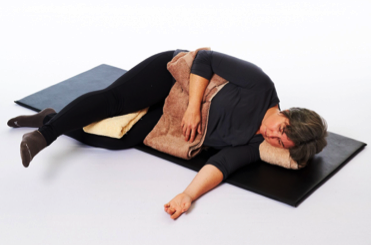
Concentration on hip abductor activation
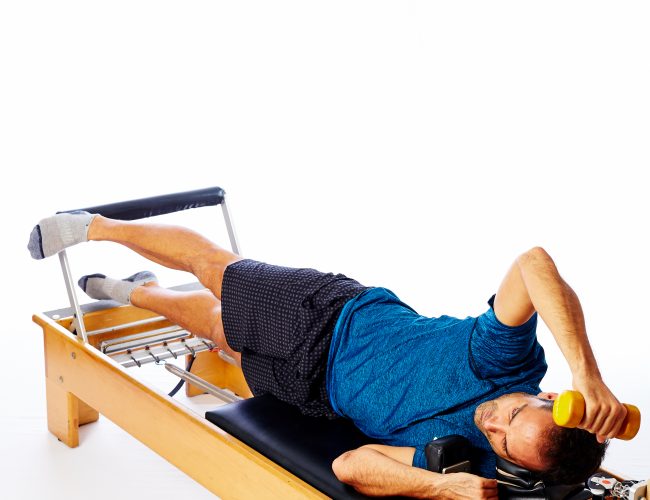
This exercise is detailed in Body Organics Repertoire Manual – Reformer Three
Work on lower limb alignment in functional double leg exercises
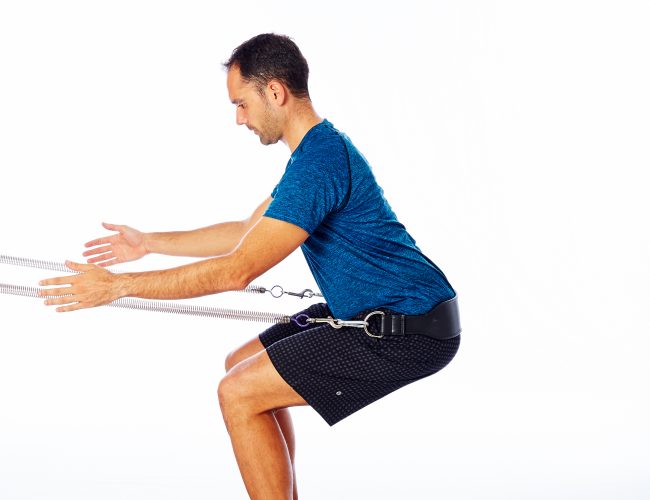
Trapeze table and stability sling squat series
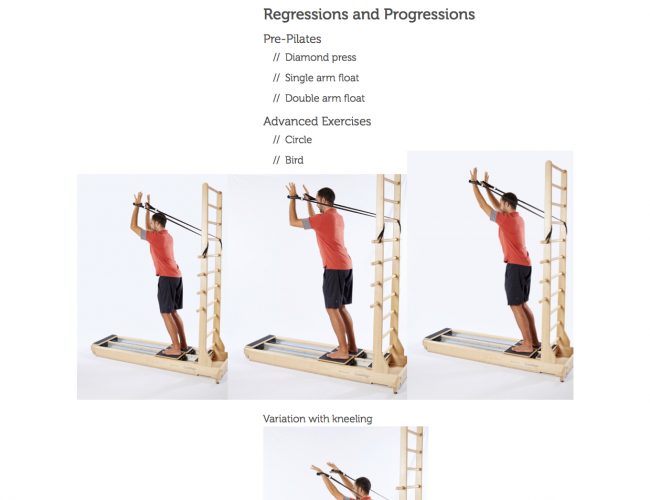
Exercises like the Bird on the CoreAlign are also excellent. The image above is an extract from the Body Organics CoreAlign Repertoire Manuals.
Integrate into single leg activities focussing on hip and pelvic control

Wall ball press (you can very the single leg squat stance)
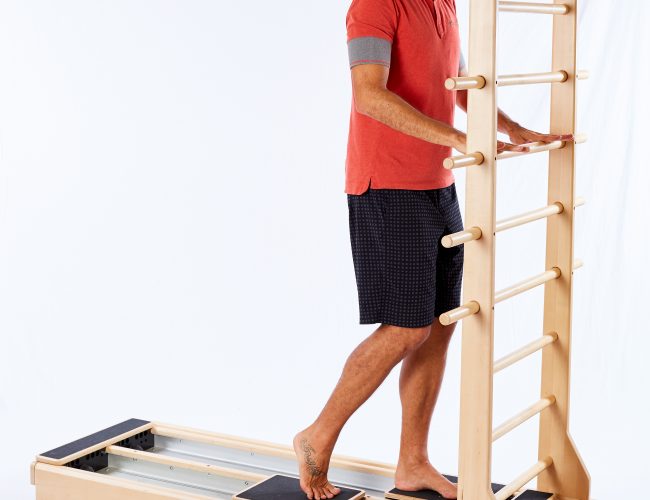
The hoof is from the Body Organics CoreAlign repertoire manuals
Trapeze sling exercise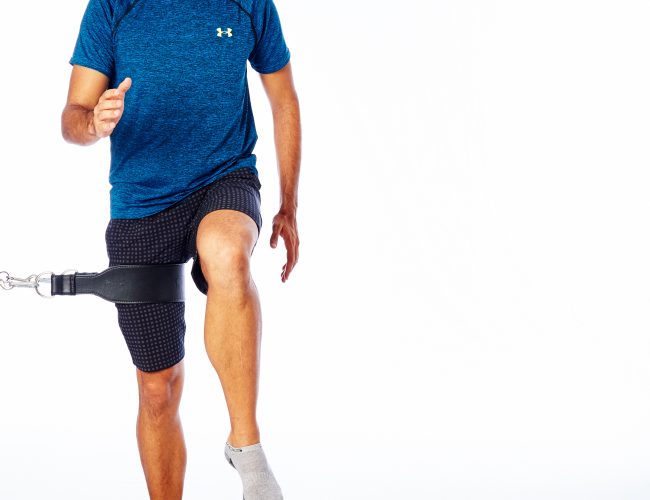
The Trapeze/ sling series is from the Body Organics Pilates for Runners manual
Other considerations for Trendelenburg gait
Remember that if a person has been walking with a Trendelenburg gait pattern for some time, there would have been a few compensations in how the foot and knee would work. For instance, because of the hip drop, there can be a tendency for the person not to achieve good toe-off on the leg that has the glute weakness.
They could also have the double whammy of foot drop, which is quite common in neurological conditions such as stroke etc. To assist in these cases we developed exercises like the Arc glute exercise in the video below for a client who had a stroke 17 years previously.
This exercise was developed for a client who had experienced a stroke 17 years prior to seeing us, who had a significant foot drop and Trendelenburg gait pattern. When we worked on improving her glute strength we started to see an increase in pelvic stability, but the experience was very disorientating for her after so many years of patterning. Accordingly, we ensured that the work on stability was staged over a period of time but also added:
The foot and ankle focus for dorsi flexion (eg the block foot exercise)
Hamstring strengthening work for toe-off stage of gait (eg wall glute press)
Vestibular system challenges (eg arc walking)
To buy Makarlu Shop Makarlu
Anatomy Dimensions and Body Organics Education
This article is an extract from topics covered in the series of courses taught by Body Organics known as Anatomy Dimensions, which are offered in-person and online These detailed courses include our books and resources. The topic is covered in our online lower limbs courses including Anatomy Dimensions Feet
 0
0 